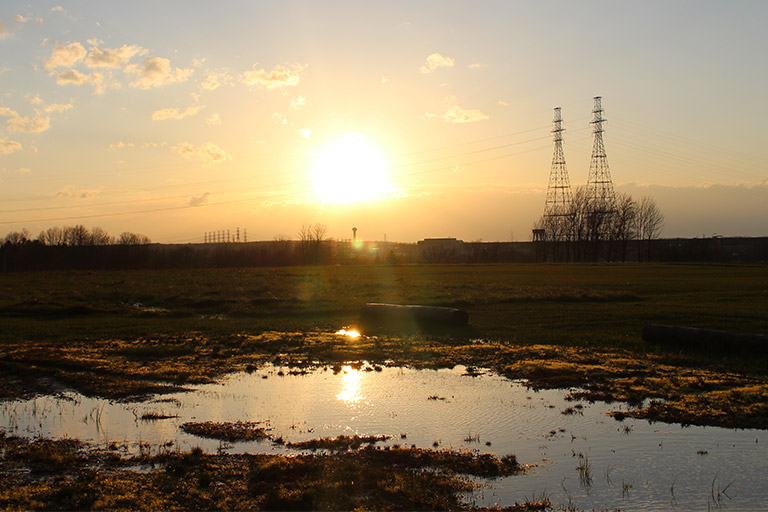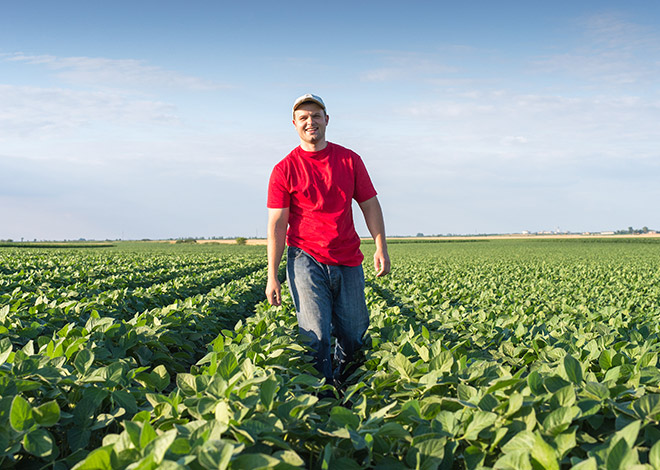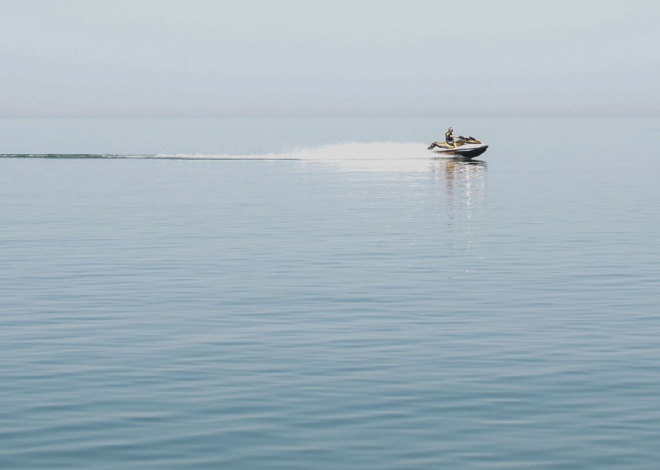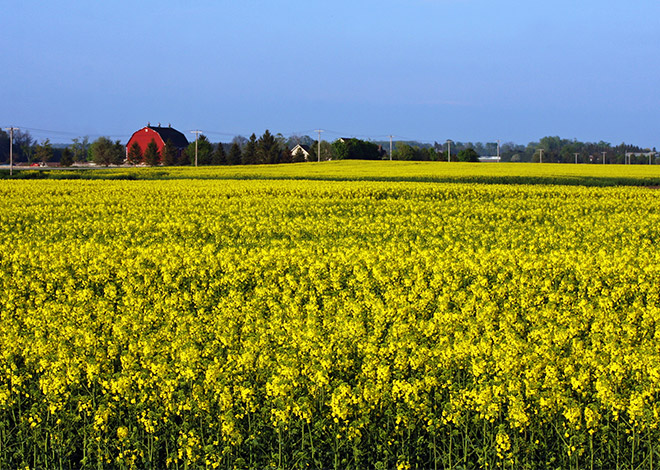Section 04
Agricultural Research and Management Practices
Researchers, farmers and other partners are working to be good stewards of nutrients using a concept called the 4Rs.

Introduction to the 4Rs
The best place for crop nutrients, like nitrogen, phosphorus and potassium, is in the soil where they can be used by the growing plants. 4R Nutrient Stewardship is a science-based approach for fertilizer management that supports economic, social and environmental goals.
Video
Overview of 4R Nutrient Stewardship
4R Farmers and The Lake
View these documents to get more familiar with the agricultural terms and 4R principles referenced in this section.

Research and Practices in the Field
Farm fields are very diverse based on the region, crop type, soil type and other geographic factors. The 4Rs provide a tool set for farmers and their agronomy advisers to make decisions on a local, field level. The following expert perspectives will share more about nutrient management decisions that support environmental sustainability.
Video
Agricultural Use of Fertilizer and the 4R Strategies
Video
Scientific Perspective on Phosphorus and Water Quality

Using Science to Meet Sustainability Goals
Research is key to understanding the water quality and farm impacts of implementing 4R practices. Continued research initiatives will help uncover the best management practices and generate new tools to meet important goals for reducing nutrient loading.
Video
How Edge-of-Field Research Quantifies the Impact of Management Practices

On-Field Ohio Tool Helps Farmers Manage Phosphorus
There are two types of phosphorus (P) that can cause trouble in freshwater ecosystems. One is sediment, or particulate, P that can be washed into a ditch, stream or river by erosion. The other is soluble P, which is dissolved in the water that runs off into a stream or river. The Ohio State University soil science researchers and other partners have developed the On-Field Ohio web-based tool for farmers to use in making science-based management decisions that can lower their risk of phosphorus loss.
Video
Managing the Risk of Phosphorus Runoff
On-Field Ohio Activity
On-Field Ohio is a web-based tool that helps farmers make science-based management decisions that reduce the risk of P runoff and erosion. Follow the provided instructions to use the tool and compare various management practices.
Download MaterialsView Sample Analysisgo to on-field ohio

Consumers and Phosphorus
Phosphorus is one of the most common elements in our environment and is essential to human, animal and plant life.
Section 04 Review
-
What are the 4Rs?
-
What are some of the management practices that can help reduce nutrient runoff and water contamination?
-
Besides agricultural practices, what are some of the other contributing factors to HAB?
Upcoming Sections

Section 04
What research, strategies and technologies can farmers use to help protect water quality?

Section 05
Many people, including legislators, conservation groups and farmer organizations, are working on solutions. Which efforts will be effective?

Perspective from Canada
Lake Erie shares its border with the Canadian province of Ontario. Many nutrient stewardship strategies and water quality goals cross borders to benefit Lake Erie.